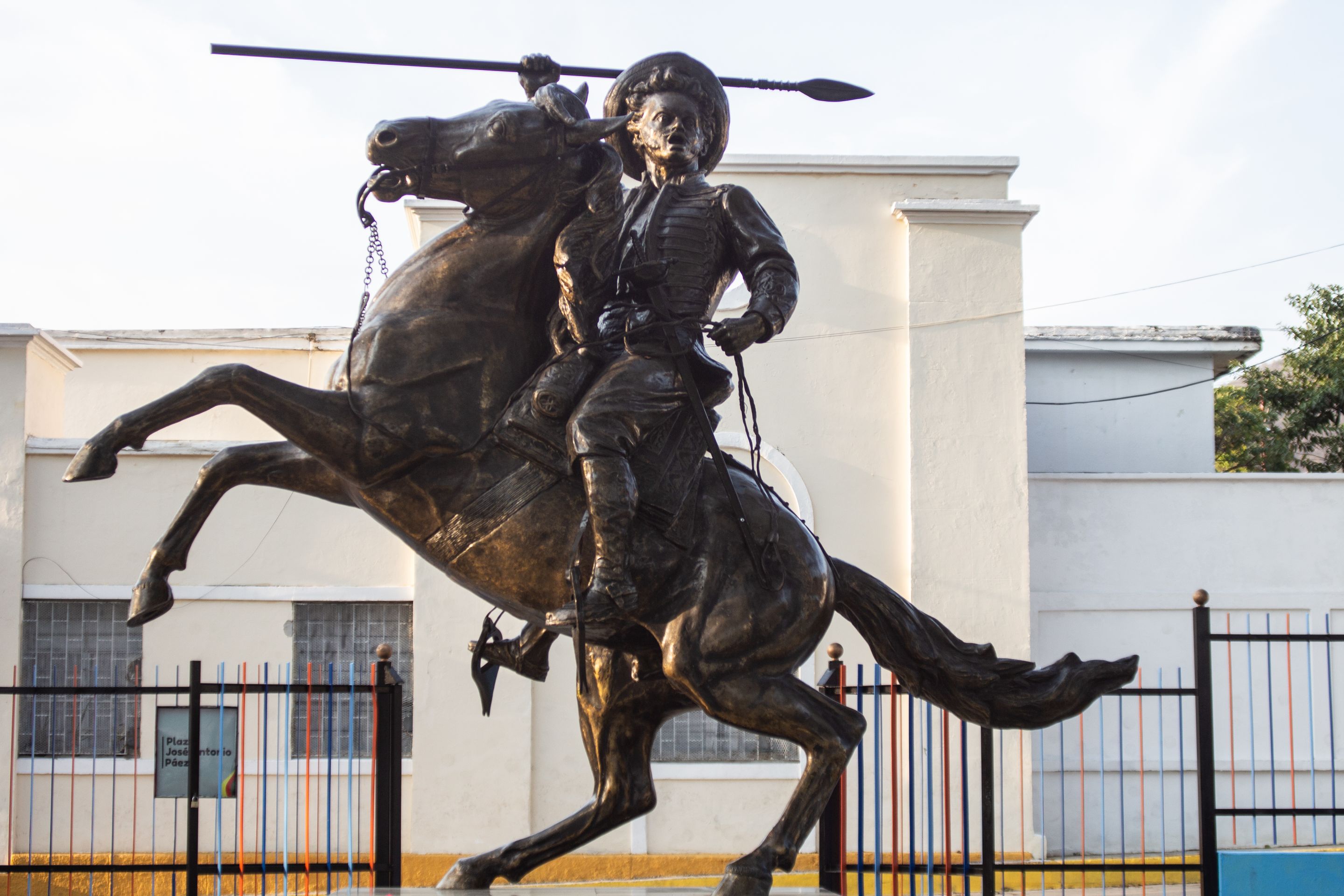
ENGLISH
Every city has corners with history, and San Blas is one of the most popular in Valencia, Venezuela.
It was founded in 1853, in a country that had recently gained independence and developed as the city's outskirts, due to its late development.
Being a large parish, I'll only talk about its square and surroundings this time.
I was visiting a friend who lives in San Blas, and when he saw me with my camera, he suggested we go to the square, which had been renovated by the city hall.
So we went. Even though he lives in the area, he doesn't usually visit the square, so it was kind of a tourist outing for him too.
The first thing we saw was the church, which was open. "They rarely open it," he told me.
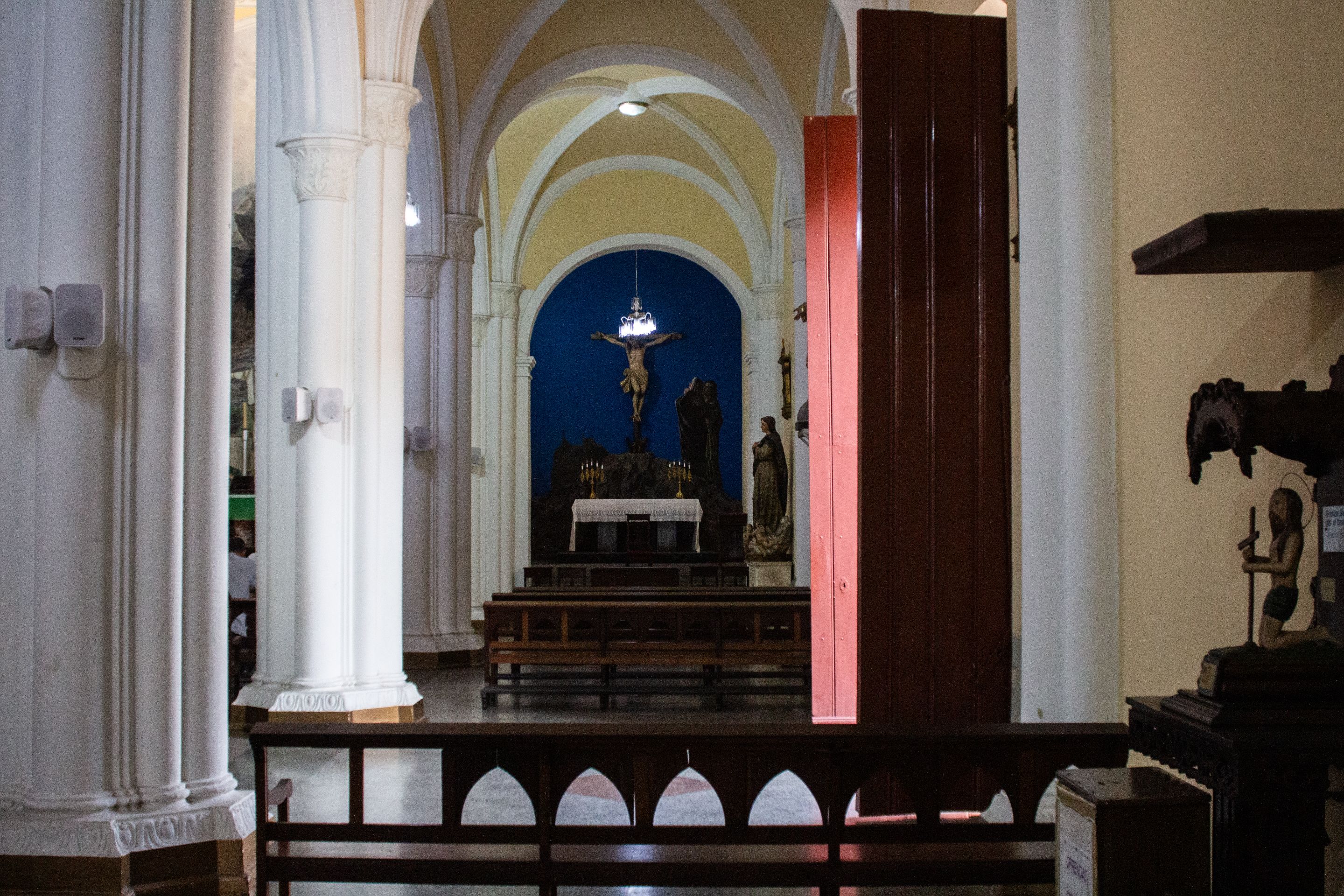
We stepped in during a mass. A lady kindly asked me to take off my cap. I thought she'd tell me off about the camera, but it was the opposite. So I wandered around the aisles for a while to admire the architecture. I didn't want to take photos and invade the space of the people who were minding their own business.
We didn't stay long because I wanted to make the most of the daylight, as it was almost six in the afternoon.
In front of the church is Plaza Páez, or more commonly known as San Blas Square.
There weren't many people. My friend says it's probably because people usually get off work around that time.
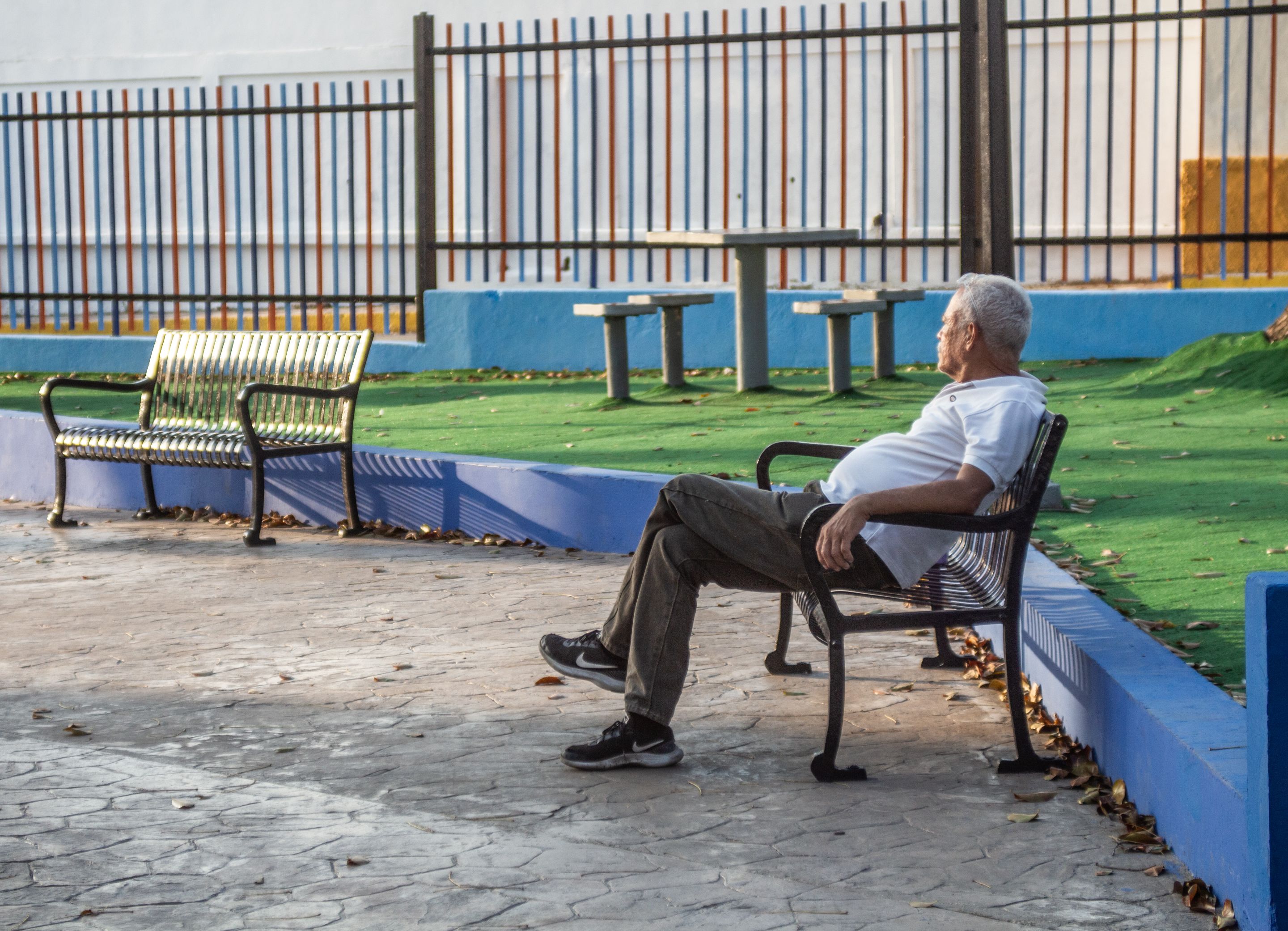
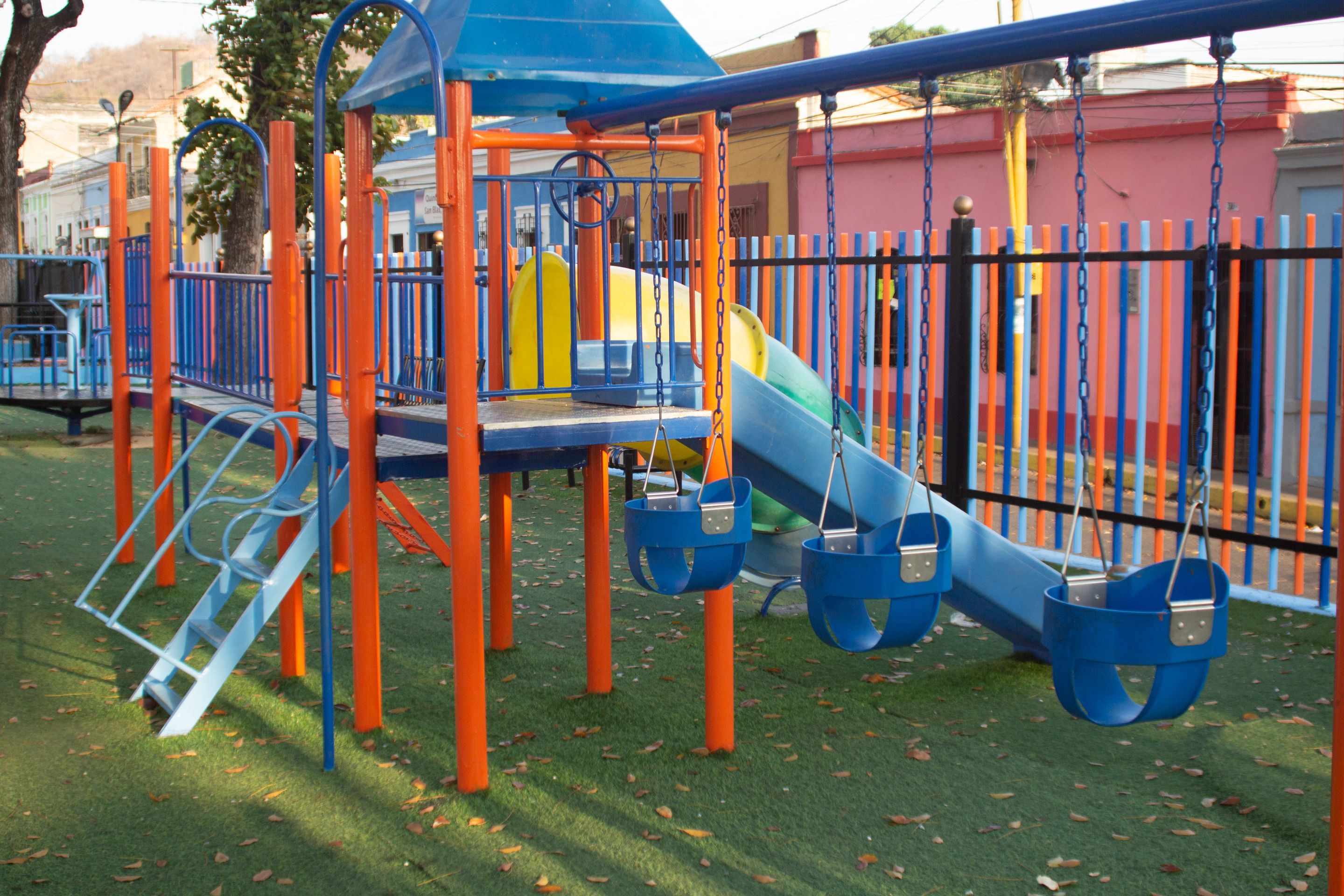
I hadn't been to that square in years, or I don't think I'd ever been. I had vague memories of the place until I went.
There's a large statue of José Antonio Páez, a hero of Venezuela's independence from the colonization of the Spanish Empire, one of the most powerful in the world at the time.
The statue was made by Andrés Pérez Mujica, an emblematic visual artist of the city.
Seeing it is truly incredible. The level of detail and the imposing presence of Páez recall the independence feat as one of the great achievements of the nascent country.
I saw some kids playing, but I didn't want to take photos of them. They were happily bouncing a small ball back and forth.
I also saw a small sculpture of Simón Bolívar, which is a must-have in every corner of the country.
There are also several ping-pong tables in this square. They look new.
"They're part of the re-inauguration," my friend told me.
Then we walked to another square, called La Glorieta. It's very small, but very nice and cozy, like a place to sit with the love of your life, although unfortunately I was with my friend, who laughed when I told him what I just wrote.
Anyway, we spent a while looking at the architectural details and the outdoor paintings.
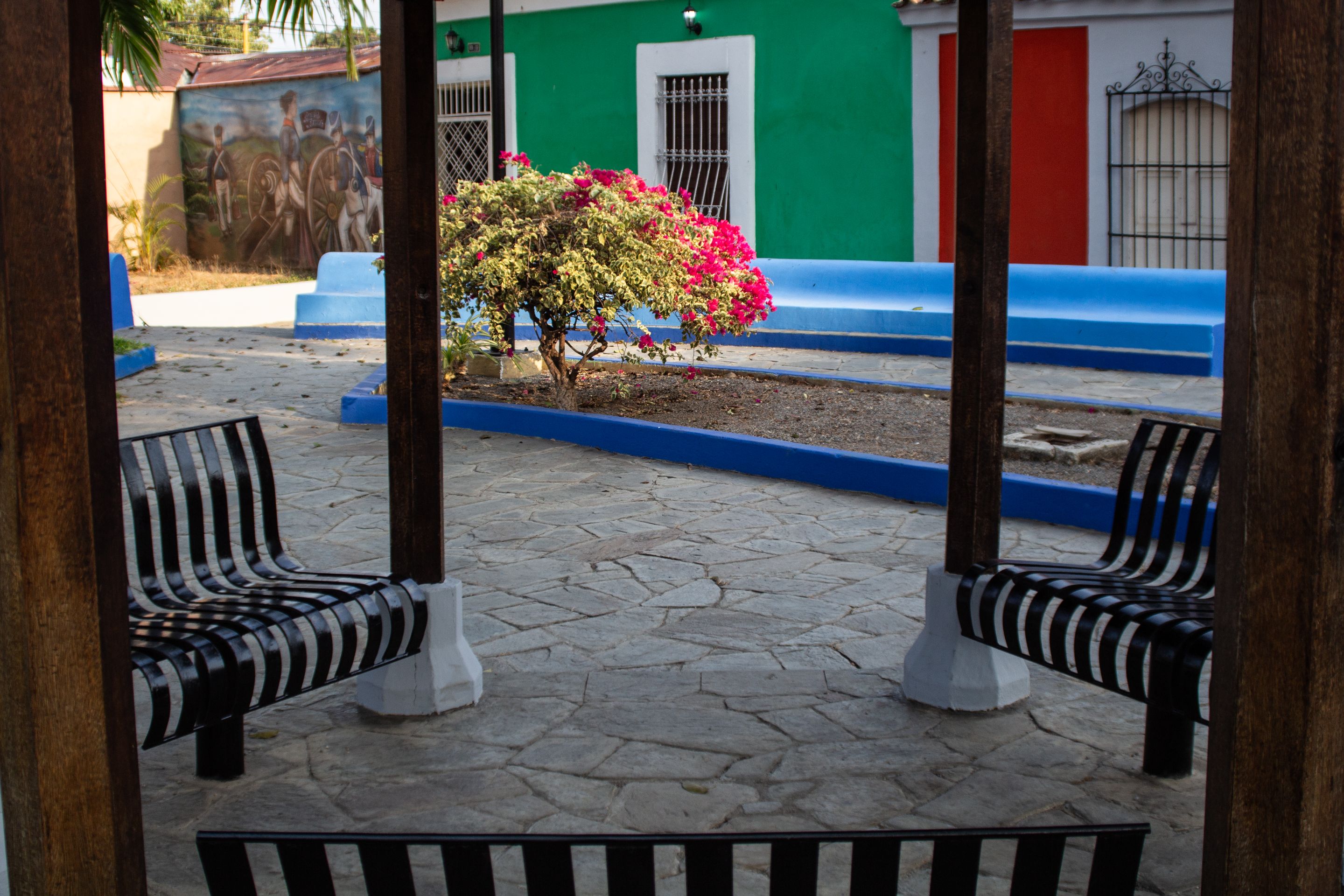
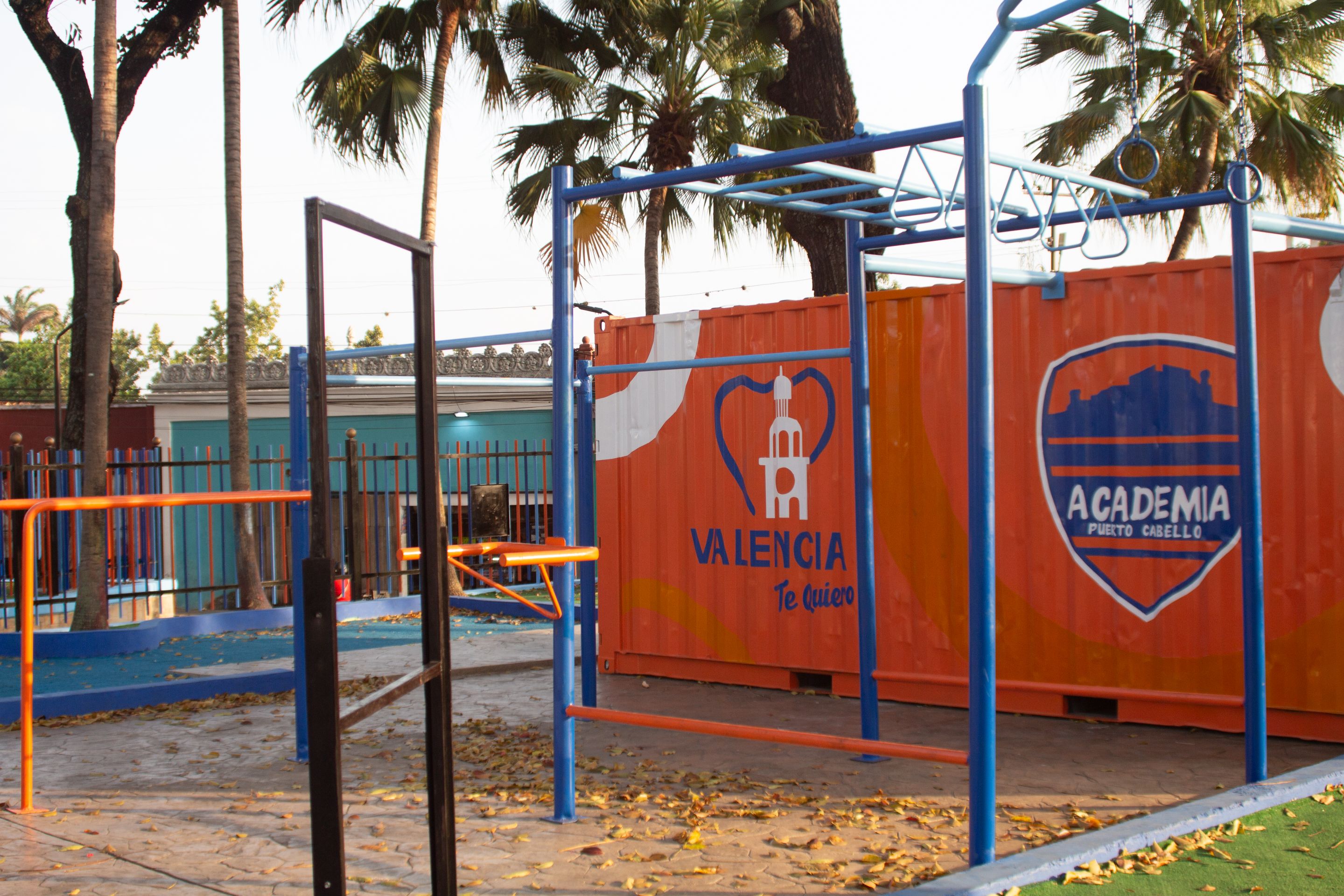
Something that caught my attention was that there were people inside that square. A lady saw me taking photos, but she didn't say anything.
Maybe she's used to the presence of strangers who marvel at the square.
And San Blas is definitely one of the most picturesque places in Valencia.
ESPAÑOL
Toda ciudad tiene rincones con historia, y San Blas es uno de los más populares de Valencia, Venezuela.
Fue fundada en 1853, en un país que se había independizado hacía poco y que se fue desarrollando como la periferia de la urbe, debido a su tardío desarrollo.
Al ser una parroquia grande, en esta ocasión solo les hablaré acerca de su plaza y alrededores.
Estaba visitando a un amigo que vive en San Blas, y como me vio con la cámara en mano, me dijo que fuéramos a la plaza, que había sido rehabilitada por la alcaldía.
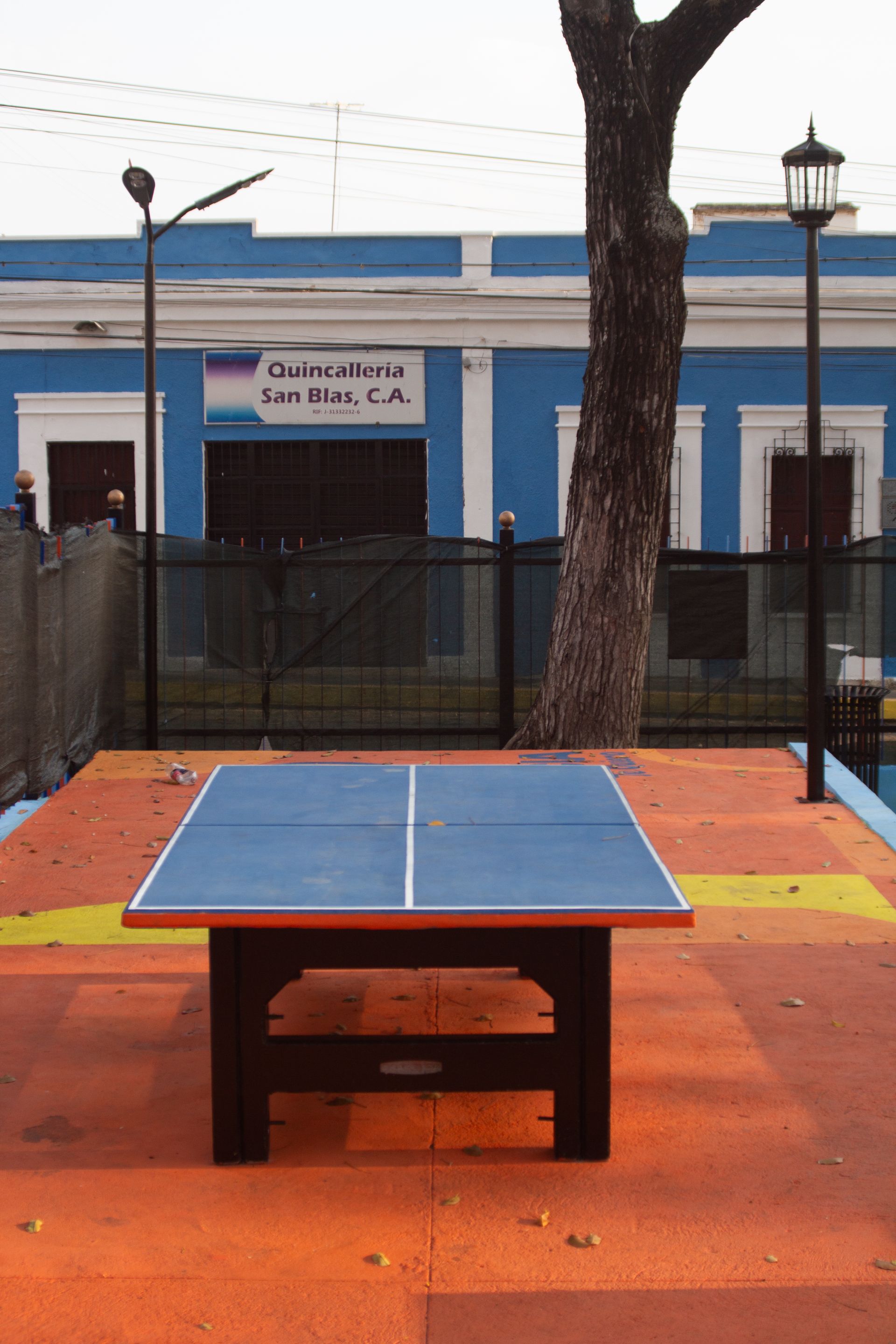
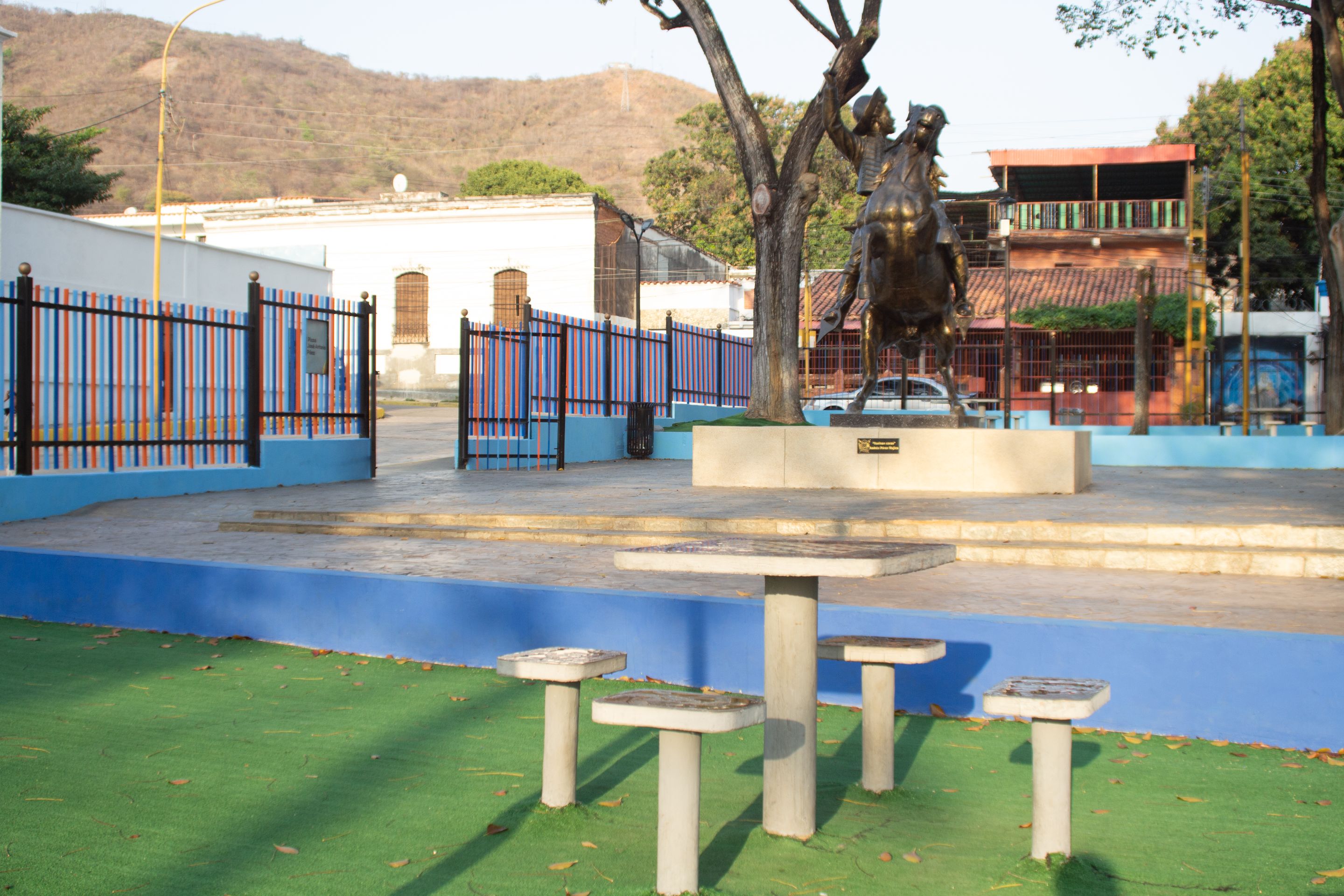
Así que fuimos. Él, a pesar de vivir en esa zona, no suele visitar la plaza, así que digamos que fue una especie de paseo turístico para él mismo.
Lo primero que vimos fue la iglesia, que estaba abierta. “Rara vez la abren”, me dijo.
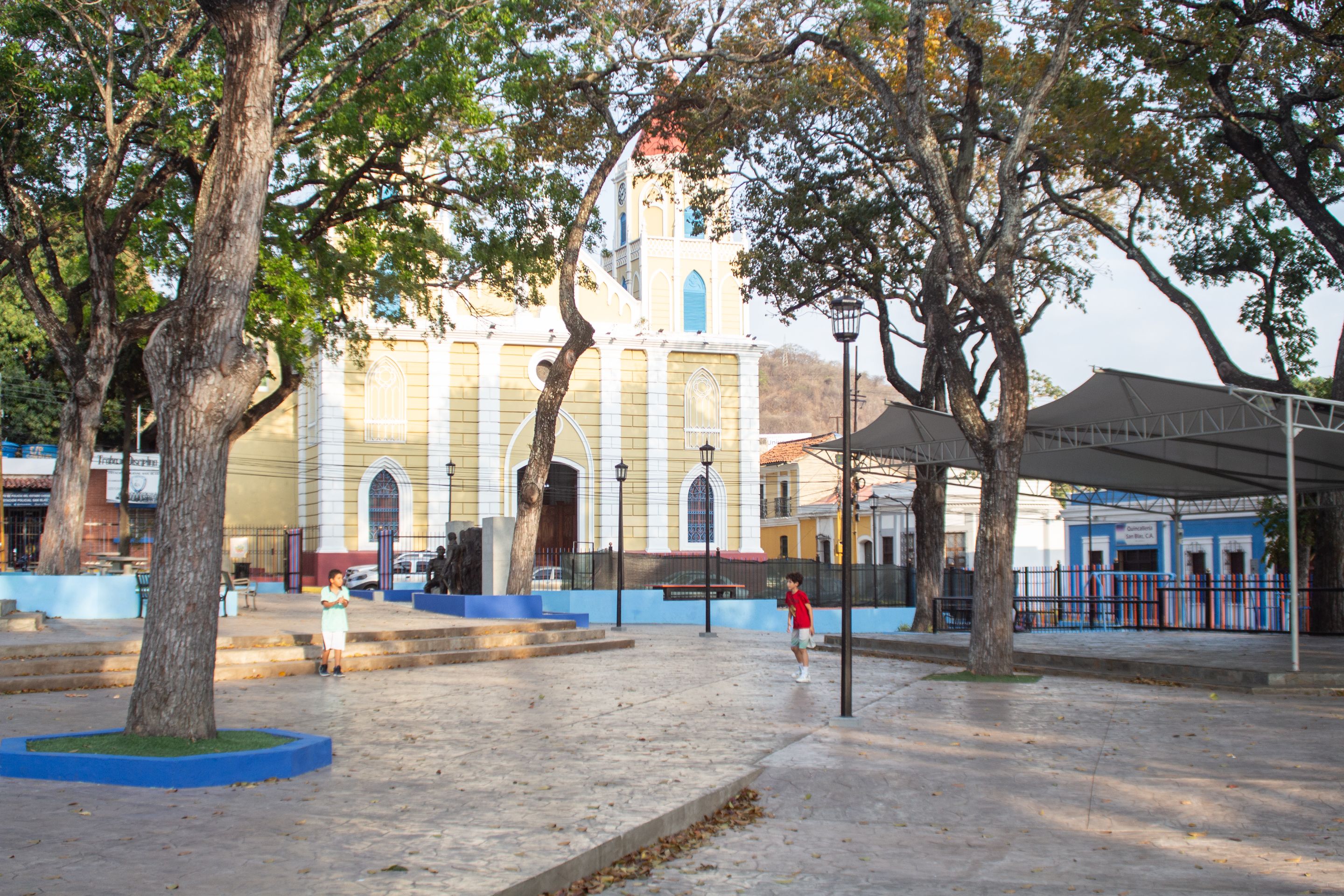
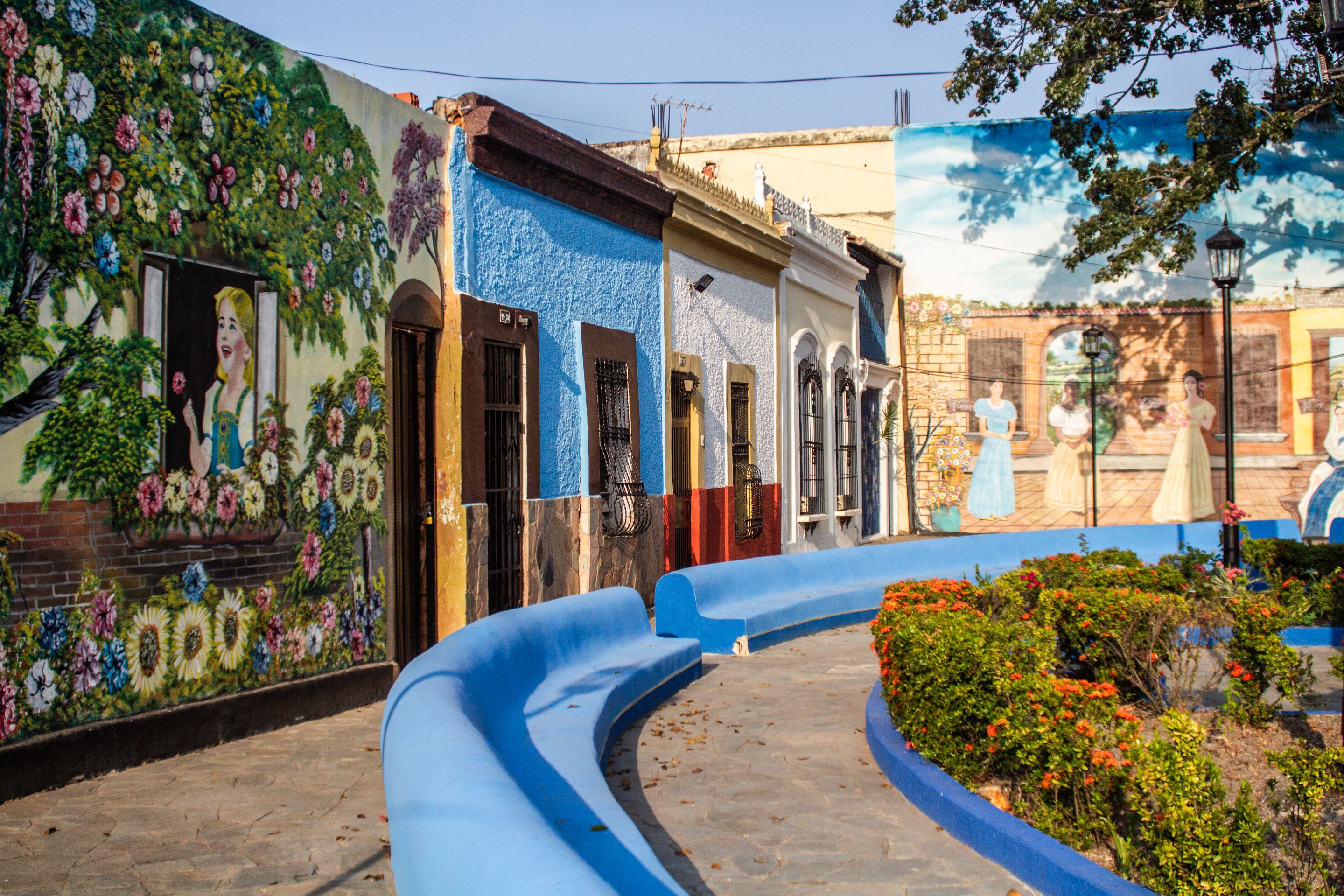
Entramos durante una misa. Una señora me pidió amablemente que me quitara la gorra. Pensé que me lo diría por la cámara, pero no fue así. De hecho, fue todo lo contrario. Así que paseé un rato entre los pasillos para contemplar la arquitectura. No quise tomar fotos para no invadir el espacio de las personas que estaban en lo suyo.
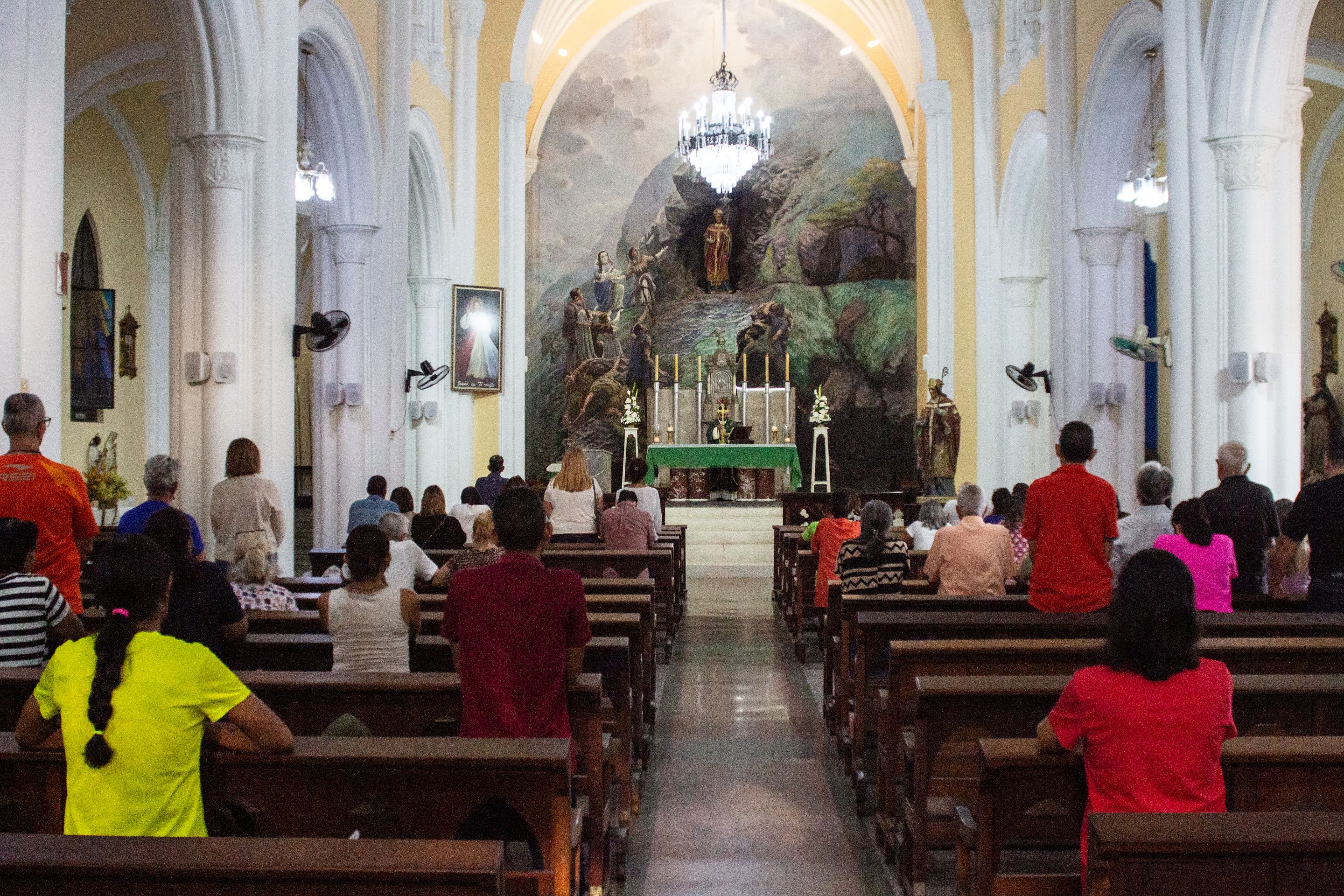
No duramos mucho allí porque quería aprovechar la luz del día, dado que eran casi las seis de la tarde.
Frente a la iglesia está la Plaza Páez, o más conocida como la Plaza de San Blas.
No había mucha gente. Mi amigo dice que probablemente se debe a que a esa hora la gente suele llegar de trabajar.
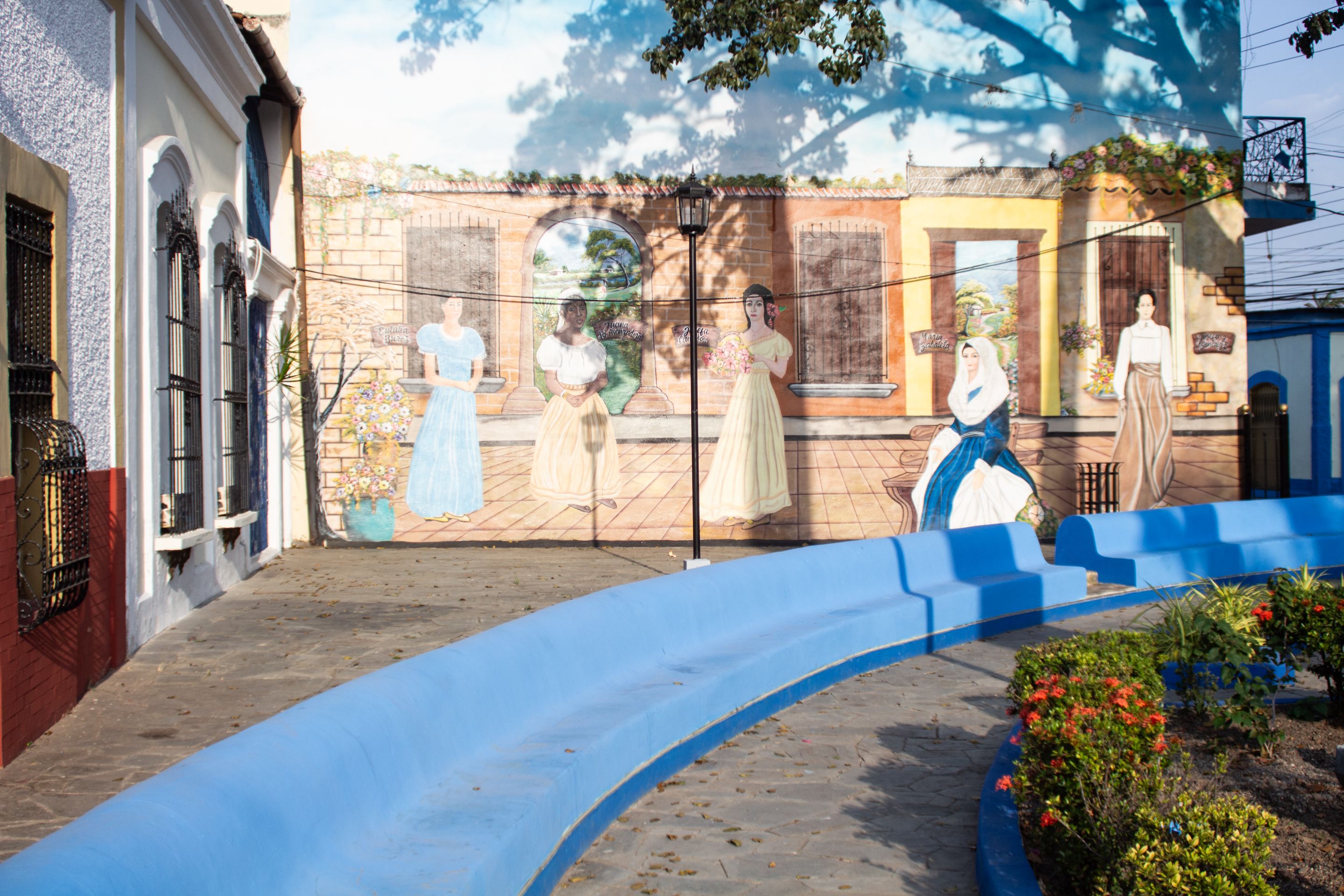
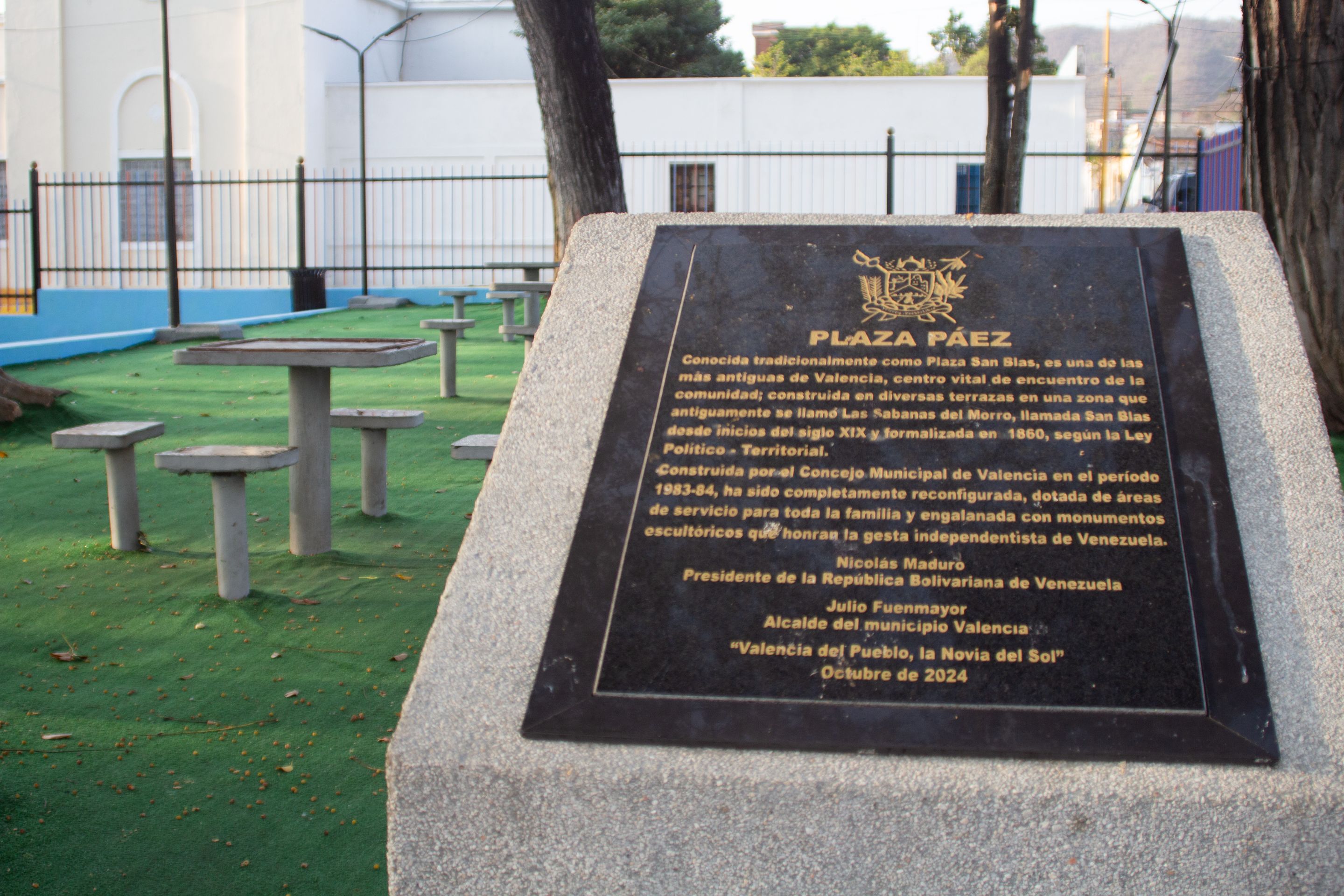
Yo tenía años sin entrar a esa plaza, o de hecho creo que nunca había ido. Tenía vagos recuerdos de ese lugar hasta que fui.
Hay una gran estatua de José Antonio Páez, un prócer de la independencia de Venezuela frente a la colonización del Imperio español, uno de los más poderosos del mundo de la época.
La estatua fue hecha por Andrés Pérez Mujica, un artista plástico emblemático de la ciudad.
De verdad que verla es increíble. El nivel de detalle y la imponencia de Páez recuerdan la gesta independentista como uno de los grandes logros del naciente país.
Vi unos niños jugando, pero no quise tomarles fotos. Estaban a gusto rebotando una pequeña pelota de un lado a otro.
También vi una pequeña escultura de Simón Bolívar, que no puede faltar en ningún rincón del país.
Tampoco faltan en esta plaza varias mesas de ping-pong. Se ven nuevas.
“Son parte de la reinauguración”, me dijo mi amigo.
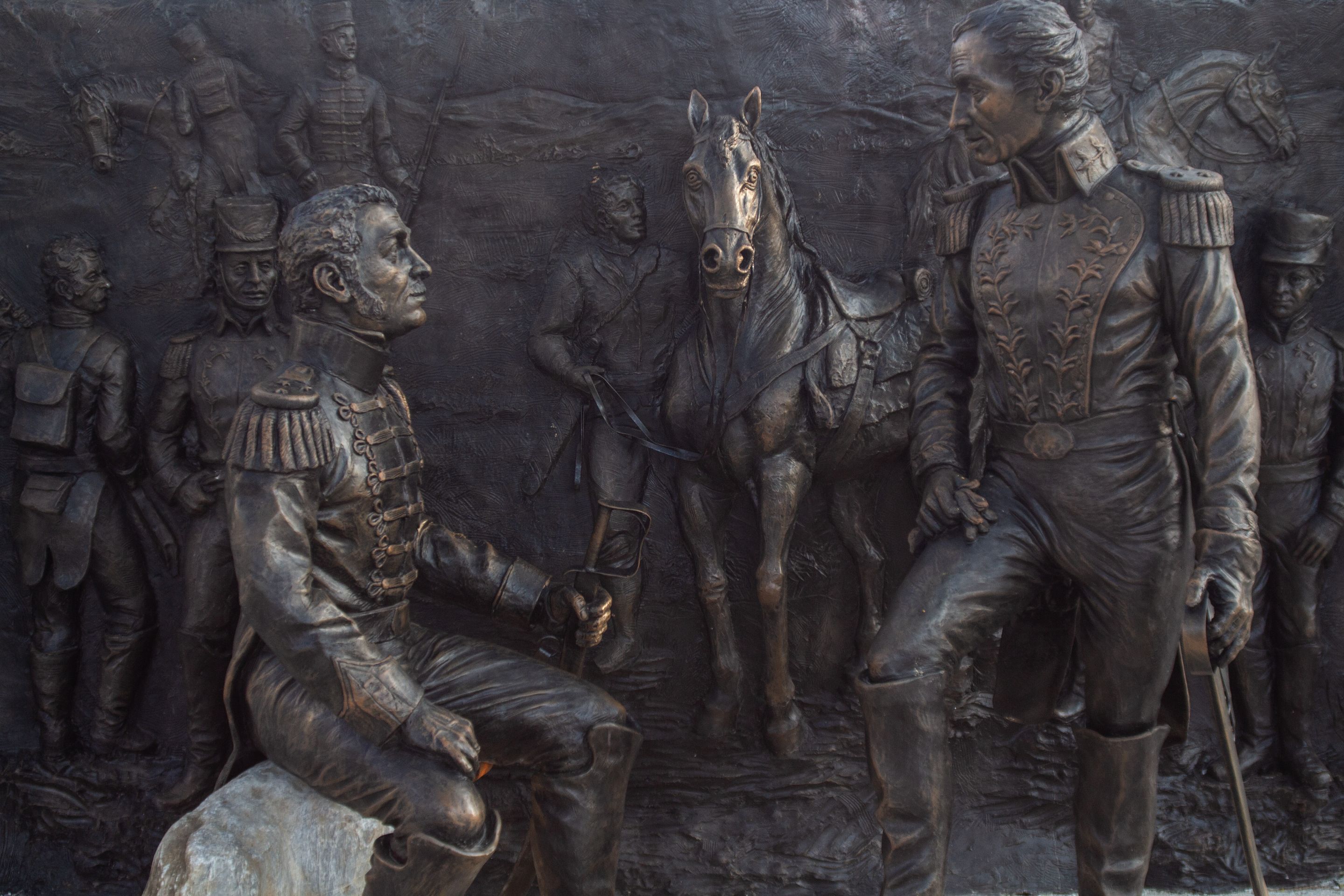
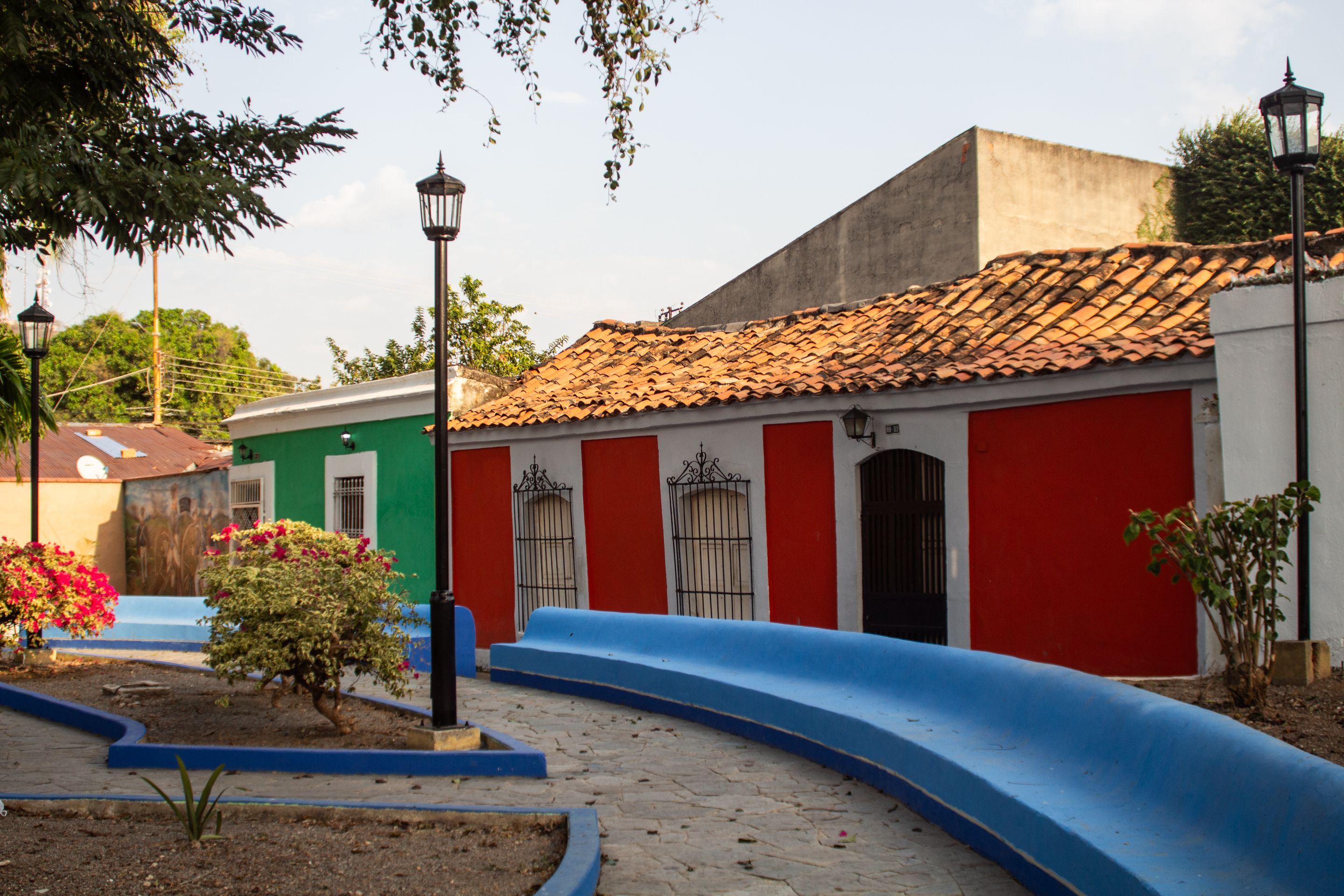
Luego caminamos hacia otra plaza, llamada La Glorieta. Es muy pequeña, pero muy linda y acogedora, como para sentarse con el amor de tu vida, aunque lastimosamente con quien estaba era mi amigo, que se rió al decirle lo que acabo de escribir.
En fin, estuvimos un rato viendo los detalles de la arquitectura y las pinturas al aire libre.
Algo que me llamó la atención fue que había gente dentro de esa plaza. Una señora me vio tomar fotos, pero no me dijo nada.
Tal vez esté acostumbrada a la presencia de extraños que se maravillan con la plaza.
Y es que definitivamente San Blas es uno de los lugares más pintorescos de Valencia.
[//]:# ([//]:# (!worldmappin 10.18409 lat -67.99153 long d3scr))